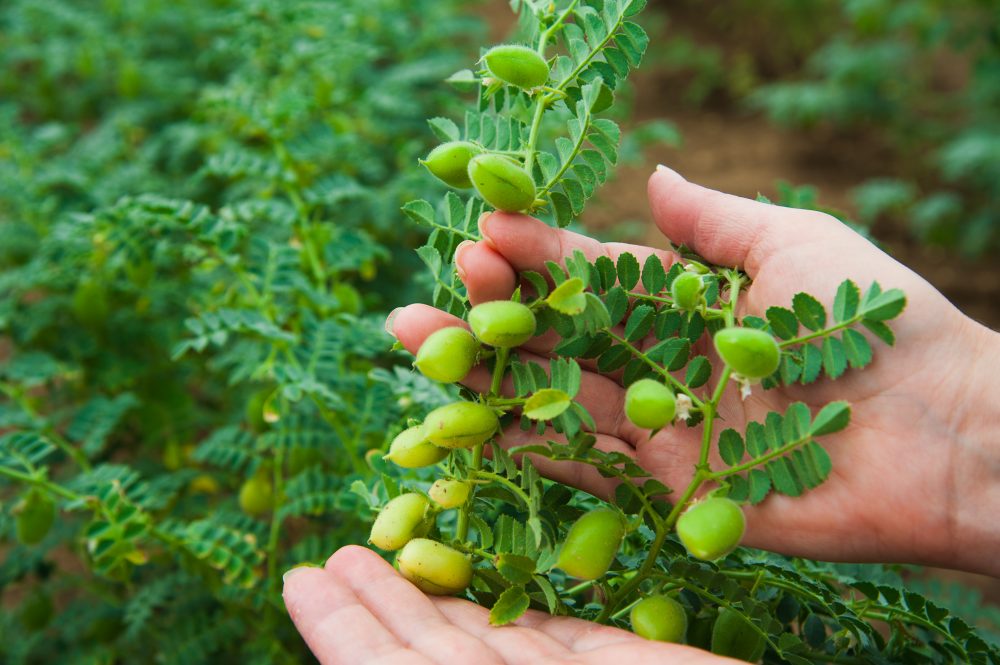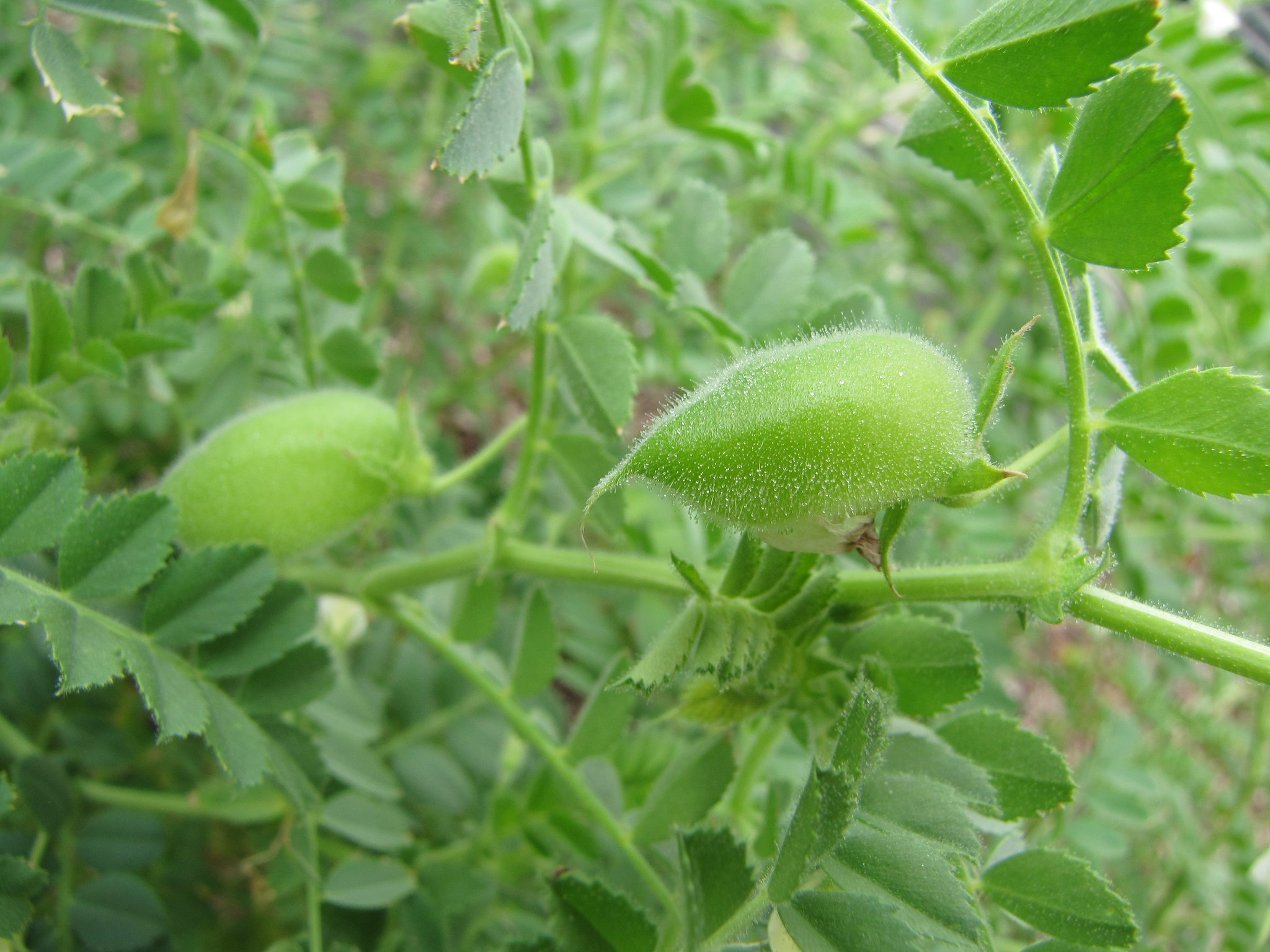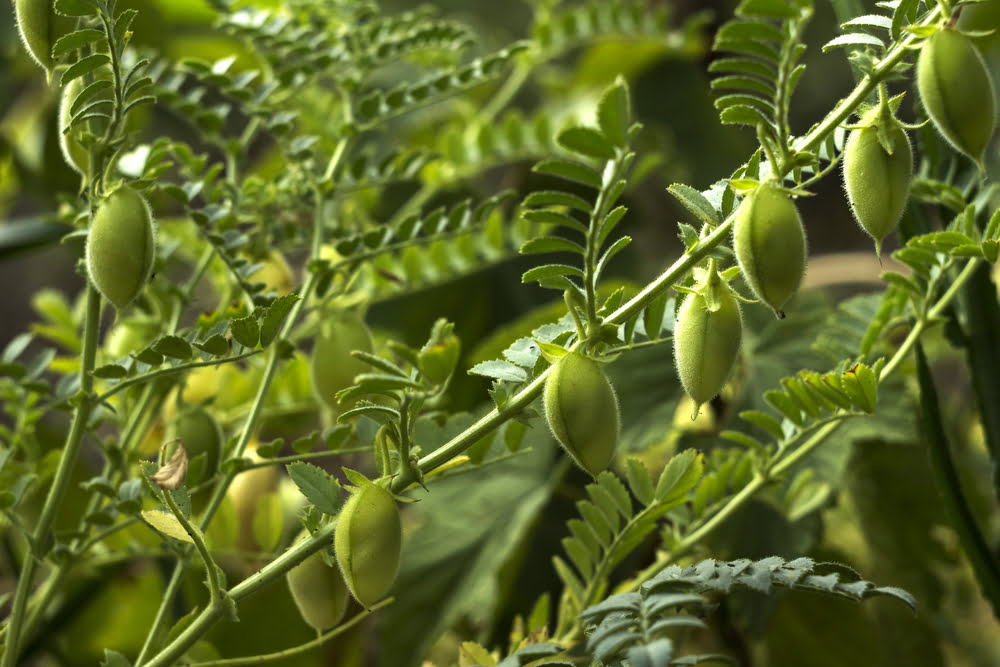How To Grow Chickpeas
Growing chickpeas can be a rewarding and relaxing experience for any gardener. These versatile legumes not only add beauty to your garden but also provide a delicious and nutritious addition to your meals. In this article, we will guide you through the step-by-step process of growing chickpeas in your garden, ensuring that you can enjoy a bountiful harvest.
Choosing the Right Variety
Before you begin your chickpea-growing journey, it is essential to choose the right variety for your region. In Asian climates, Kabuli chickpea varieties are the most suitable, as they thrive in warmer temperatures. Some popular Kabuli varieties include the Desi types and Bengal Gram.
Preparing the Soil
Chickpeas prefer well-drained soil with a pH level between 6 and 8. Start by removing any weeds or grass from the growing area. Loosen the soil with a garden fork or tiller to a depth of at least 8 inches. Incorporate organic matter, such as compost or aged manure, to improve soil fertility and texture.
Sowing the Seeds
Once the soil is prepared, it's time to sow the chickpea seeds. Plant the seeds about 2 inches deep and ensure a spacing of at least 4 inches between each seed. If you're growing multiple rows, leave a gap of about 12 inches between them to facilitate easy access for watering and maintenance.
Keep the soil consistently moist but not waterlogged. Lightly water the seeds after planting and maintain regular watering throughout the growing season. Avoid overhead watering, as this can lead to fungal diseases. Instead, use a drip irrigation system or water the plants at the base.
Caring for Your Plants
As your chickpea plants grow, provide them with proper care to ensure optimal growth and yield. Regularly monitor the moisture levels in the soil and water as needed, especially during dry periods. Mulching the soil around the plants can help conserve moisture and suppress weed growth.
Additionally, chickpeas benefit from regular fertilization. Apply a balanced fertilizer, rich in nitrogen, phosphorus, and potassium, every four to six weeks. This will promote healthy plant growth and improve the quality of your harvest.
Harvesting and Storage
Chickpeas are typically ready for harvest 100 to 120 days after sowing. Monitor the plants closely for signs of maturity, such as yellowing leaves and dried pods. Carefully handpick the pods, as they can be fragile, and avoid damaging the plants or the surrounding soil.
After harvest, allow the pods to dry further in a well-ventilated area for two to three weeks. Once fully dry, remove the chickpeas from the pods and store them in airtight containers in a cool, dry place. Properly stored chickpeas can last up to a year.
In conclusion, growing chickpeas in your Asian garden can be a gratifying and enjoyable experience. With the right variety, soil preparation, and care, you can cultivate healthy plants and enjoy a plentiful harvest of these nutritious legumes. So why wait? Get started on your chickpea-growing adventure and unlock a world of flavor and wellness right in your backyard.
 source: chickplease.com
source: chickplease.com The schemes to find the right how to grow chickpeas is to identify the kind of idea right you wanted. We have exactly what you need.
 source: gardening-abc.com
source: gardening-abc.com The trick to find the ideal how to grow chickpeas is to spot the kind of need right you wanted. We have exactly what you require.
 source: mydesiredhome.com
source: mydesiredhome.com The trick to find the perfect how to grow chickpeas is to recognize the kind of style ideal you wanted. We have what you need.
 source: diygarden.co.uk
source: diygarden.co.uk The trick behind finding the ideal how to grow chickpeas is to identify the kind of style ideal you needed. We have what you are looking for.
Hopefully these article help you feel more organized and less stuck. Our how to grow chickpeas galleries are a great way to see what choice are available and to understand what is hype. Thank you for reading our article, also check out our other news below!
Post a Comment for "How To Grow Chickpeas"